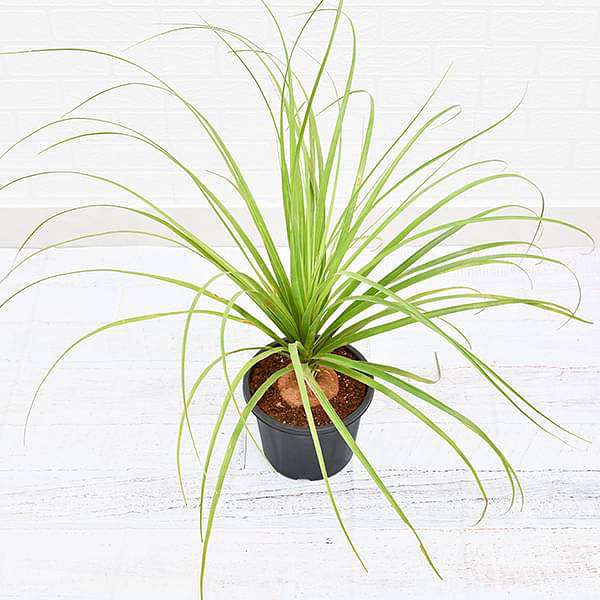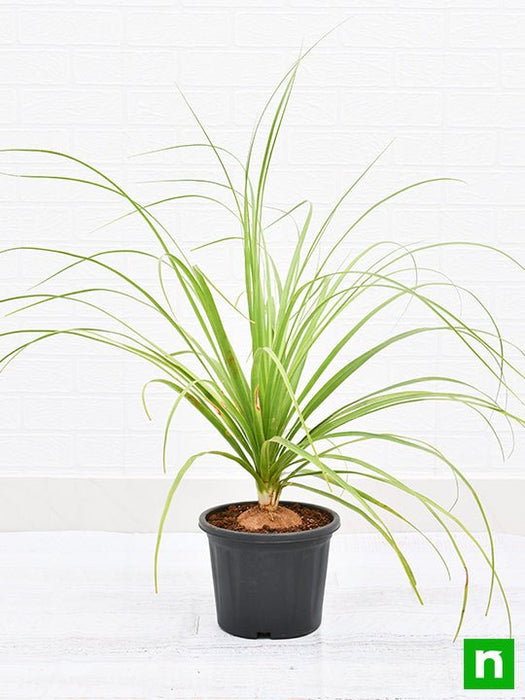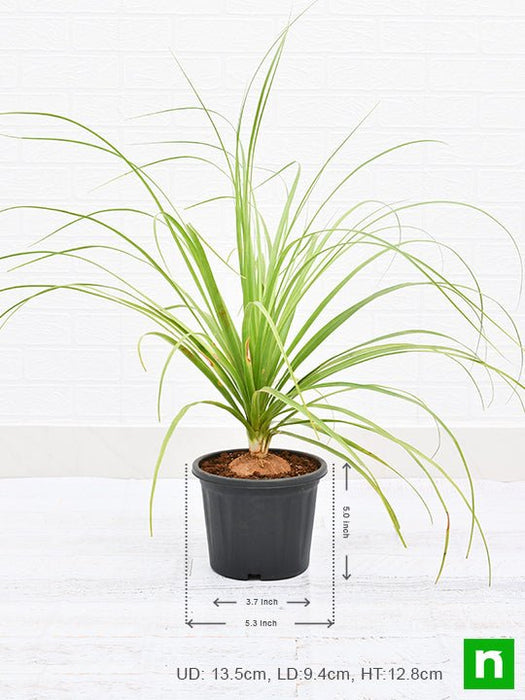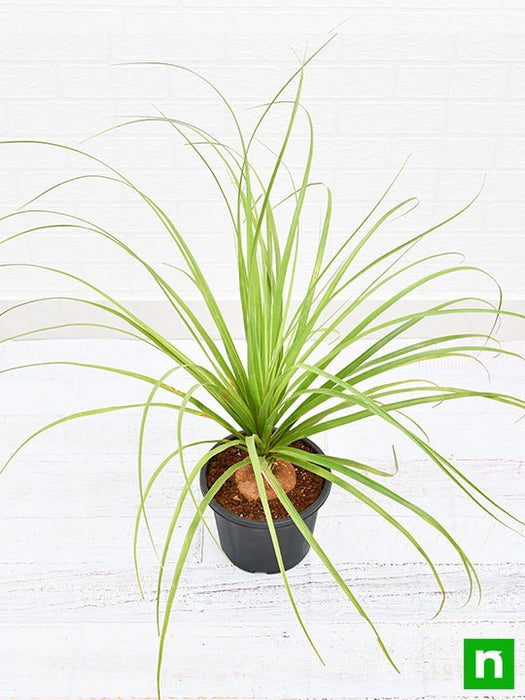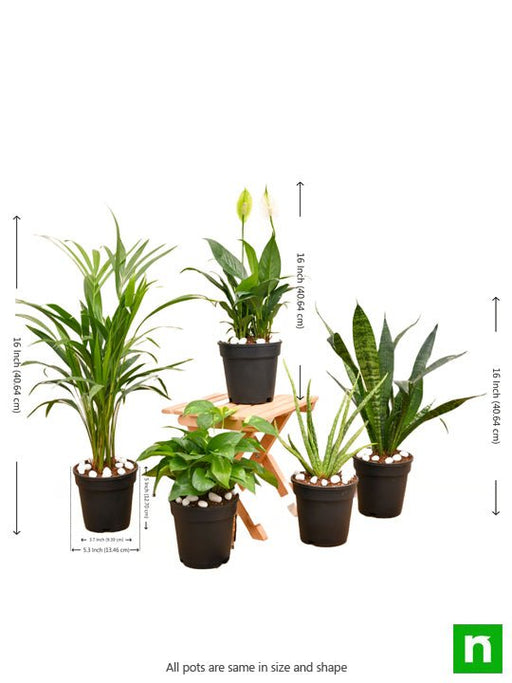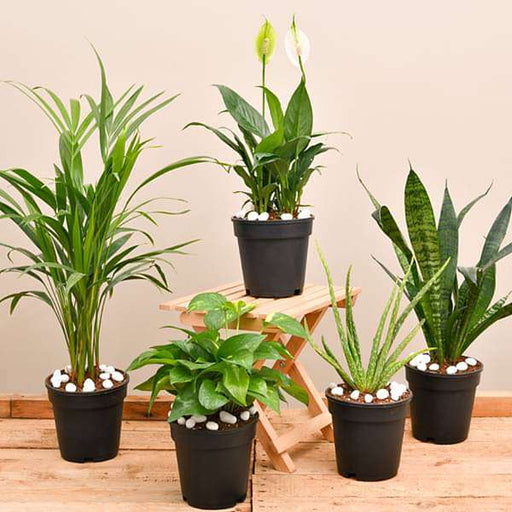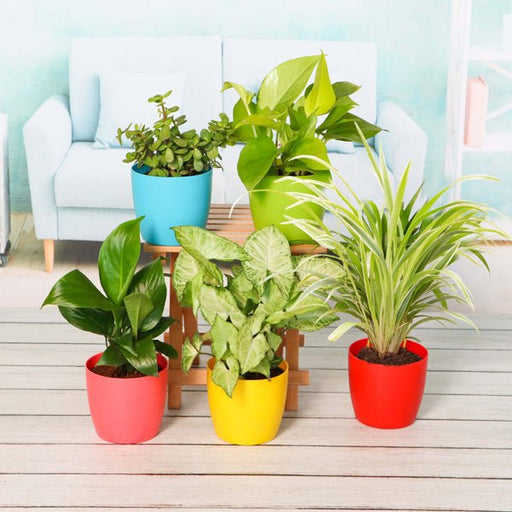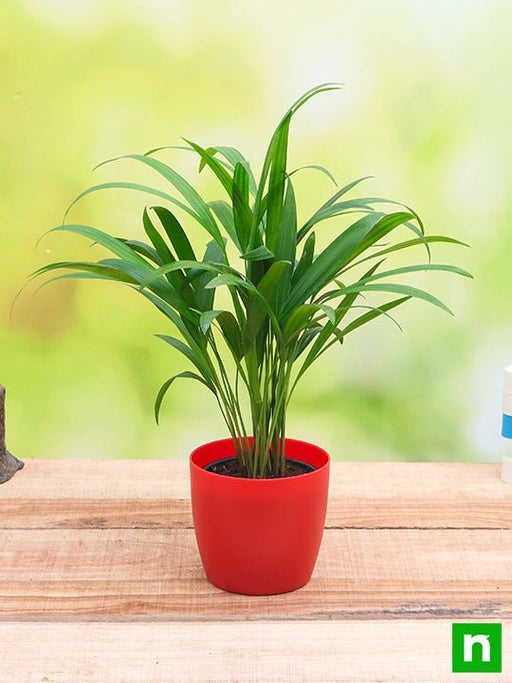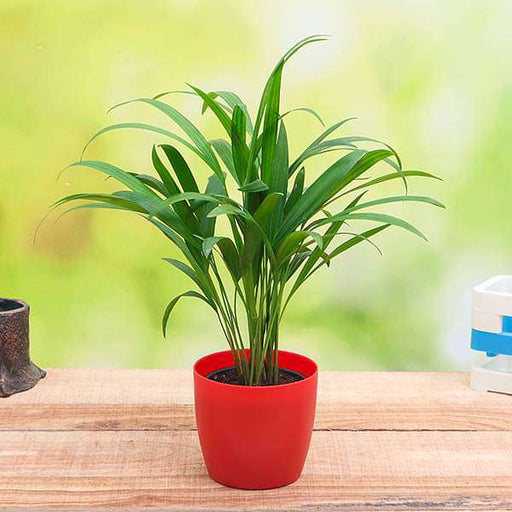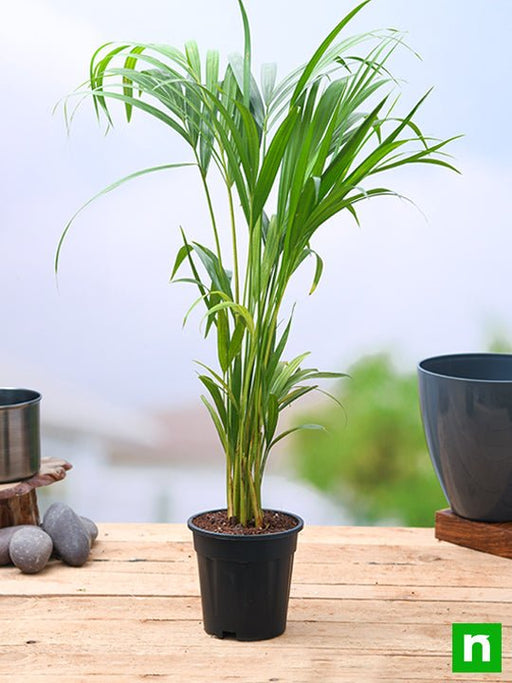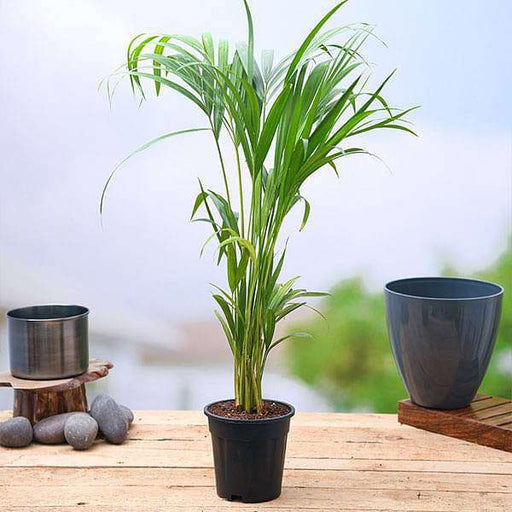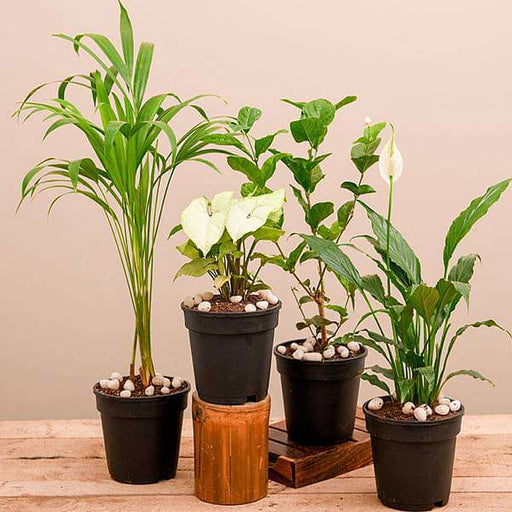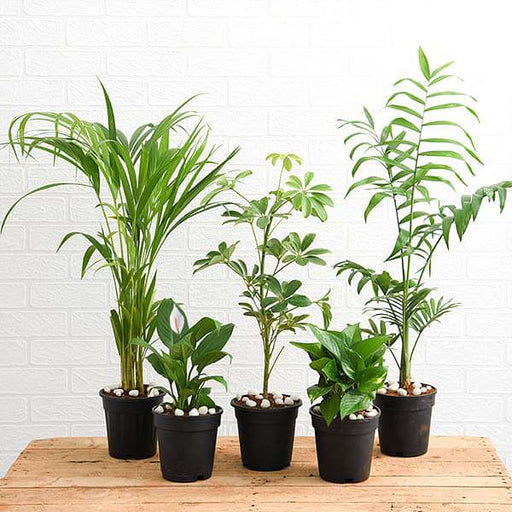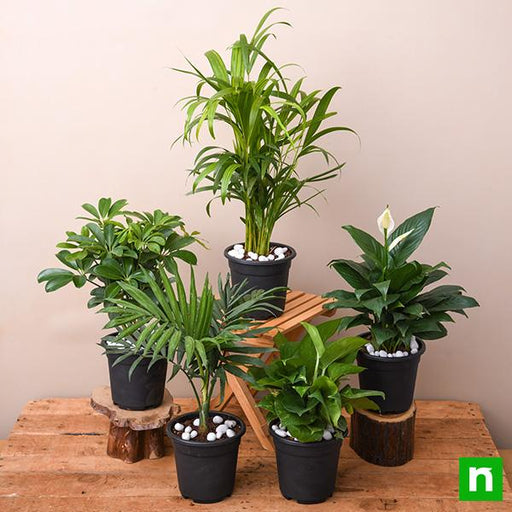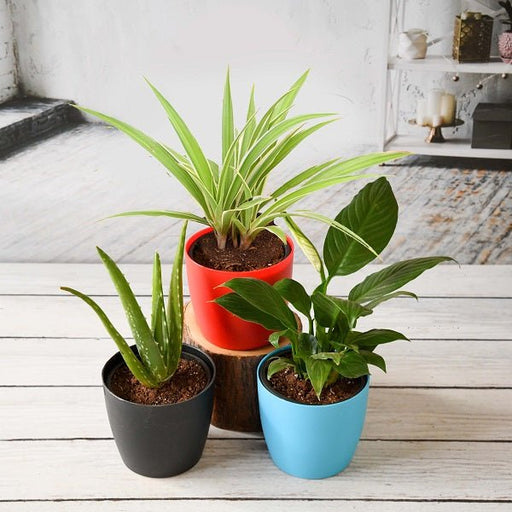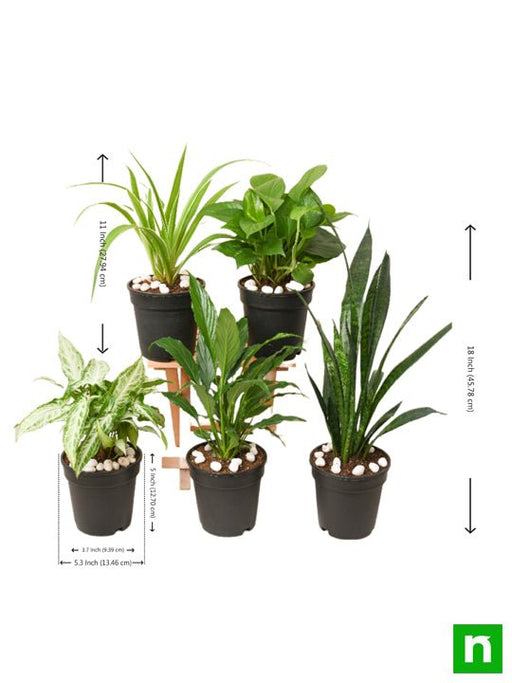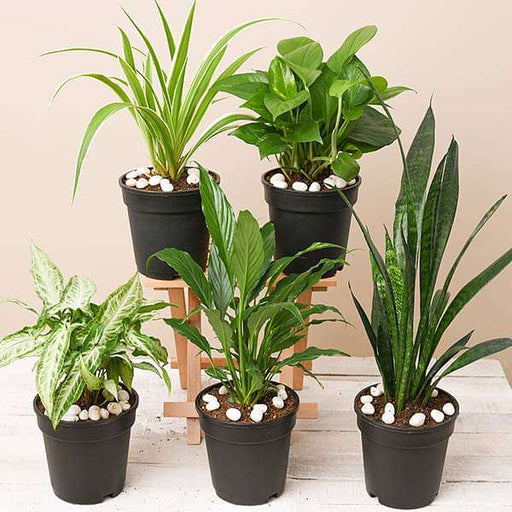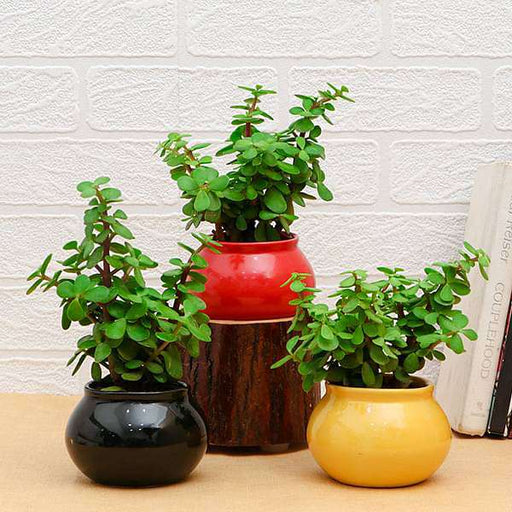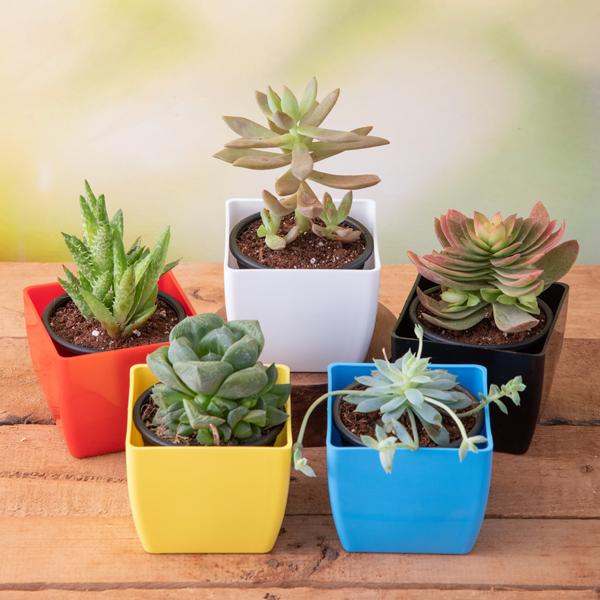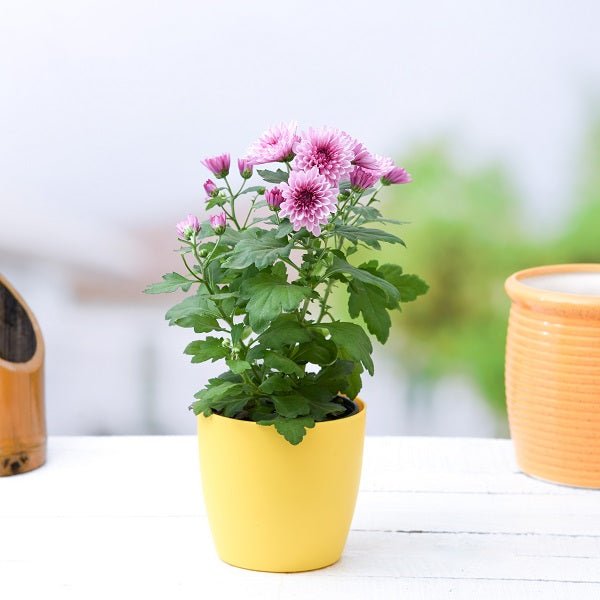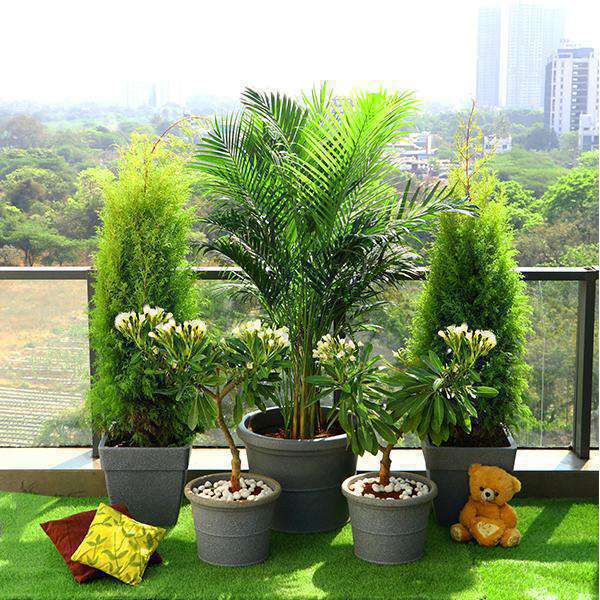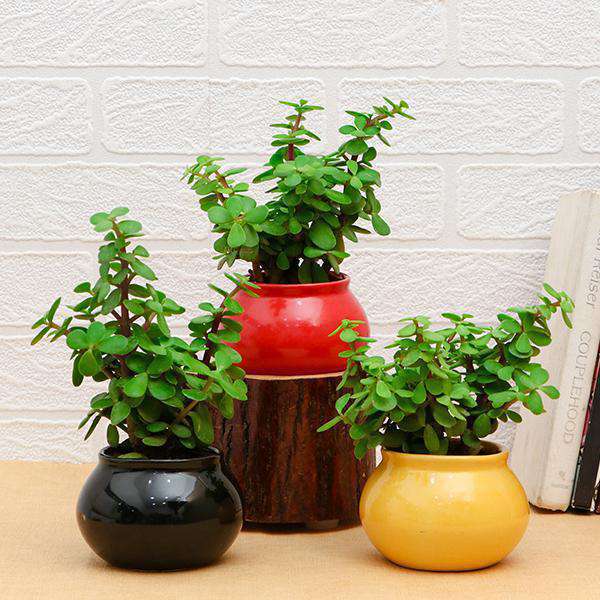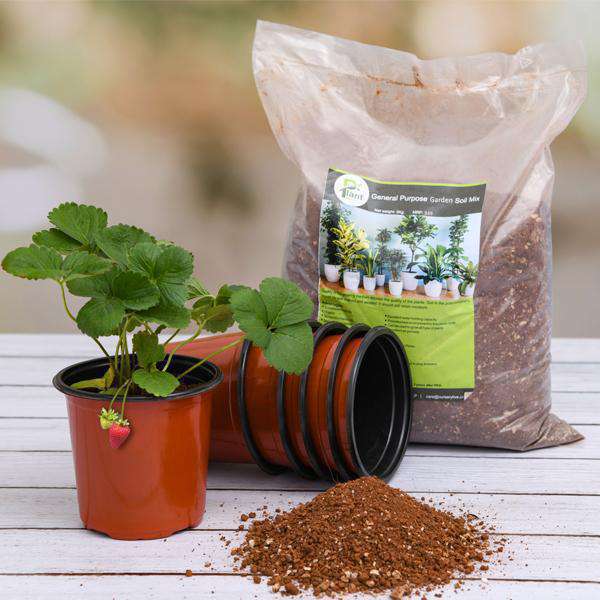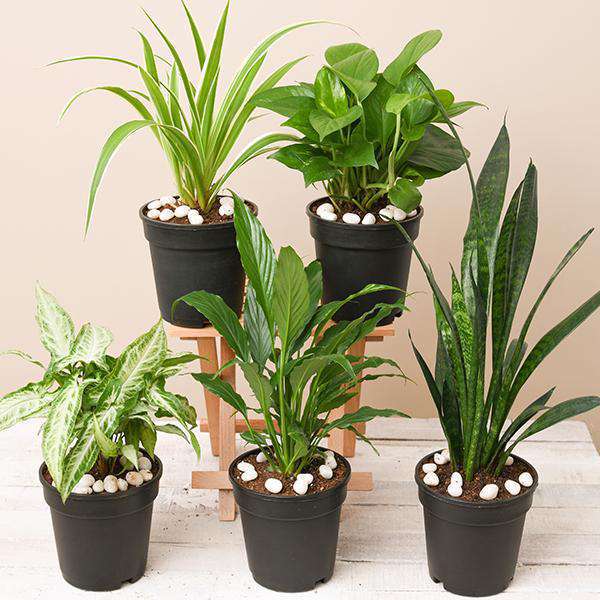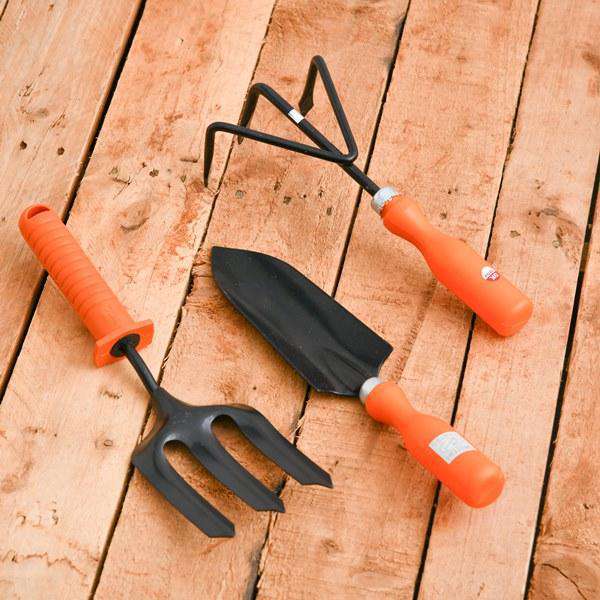Pony Tail Palm Care
If you think caring for a Pony Tail Palm is as complicated as assembling IKEA furniture, think again! This plant thrives on neglect, making it the perfect companion for those who forget to water their houseplants. Just give it a drink every couple of weeks and let it bask in bright, indirect sunlight. It’s like a low-maintenance pet that doesn’t shed or bark, but still brings a touch of tropical flair to your living room.
Beaucarnea Recurvata Benefits
The Pony Tail Palm isn’t just a pretty face; it’s also a champion air purifier! This quirky plant helps filter out toxins while adding a splash of green to your space. Plus, its unique bulbous trunk stores water, making it drought-resistant. So, while you’re busy living your best life, your Beaucarnea Recurvata is quietly working to keep your air fresh and your home stylish.
Pony Tail Palm Size
Size matters, especially when it comes to houseplants! The Pony Tail Palm can grow anywhere from 3 to 10 feet tall, depending on how much you pamper it. It’s like the plant version of a teenager—give it some space, and it’ll stretch out and reach for the sky. Just remember, the bigger the plant, the bigger the pot, so plan accordingly unless you want a botanical game of Tetris.
Pony Tail Palm Propagation
Want to expand your Pony Tail Palm family? Propagation is easier than convincing your friends to binge-watch your favorite show! Simply take a cutting from a healthy plant, let it dry for a day, and then plant it in well-draining soil. With a little patience and the right conditions, you’ll have a mini jungle in no time. Just don’t forget to name your new plants; they deserve it!
Pony Tail Palm vs. Dracaena
In the battle of the houseplants, the Pony Tail Palm and Dracaena are like the cool kids in school. While Dracaena boasts long, slender leaves, the Pony Tail Palm flaunts its unique bulbous trunk and whimsical foliage. Both are low-maintenance, but if you’re looking for a conversation starter, the Pony Tail Palm’s quirky appearance will have your guests asking, “What on earth is that?”
Pony Tail Palm Light Requirements
If you’re wondering what kind of lighting your Pony Tail Palm craves, think of it as a sunbather on a tropical vacation. It loves bright, indirect sunlight but can tolerate some shade. Just avoid direct sunlight, or it might get a little crispy around the edges. So, find a sunny spot in your home, and let your plant soak up those rays while you sip your iced tea.
Pony Tail Palm Toxicity
Good news for pet owners! The Pony Tail Palm is non-toxic to cats and dogs, making it a safe choice for your furry friends. You can finally relax knowing that your plant won’t turn into a botanical villain. Just keep an eye on your pets; they might still be tempted to nibble on those enticing leaves, thinking they’re a new kind of chew toy.
Pony Tail Palm Soil
When it comes to soil, the Pony Tail Palm is a bit of a diva. It prefers well-draining soil that allows its roots to breathe. Think of it as a plant that enjoys a spa day—no soggy feet allowed! A mix of potting soil and sand or perlite will do the trick. This way, your plant can thrive without feeling like it’s stuck in a mud pit.
Pony Tail Palm Watering
Watering a Pony Tail Palm is like giving a cat a bath—best done sparingly! This plant prefers to dry out between waterings, so resist the urge to drown it. A good rule of thumb is to water when the top inch of soil feels dry. Overwatering can lead to root rot, and nobody wants that drama in their plant life. So, keep it simple and let your plant enjoy its dry spells.
Pony Tail Palm Fertilizer
If you want your Pony Tail Palm to strut its stuff, a little fertilizer goes a long way. During the growing season, feed it with a balanced liquid fertilizer every month. Think of it as a plant spa treatment—just enough to keep it looking fabulous without overwhelming it. Too much fertilizer can lead to burnt tips, and we all know that’s not a good look for anyone.
Pony Tail Palm Indoor vs. Outdoor
The Pony Tail Palm is the ultimate social butterfly, thriving both indoors and outdoors. If you live in a warm climate, it can bask in the sun on your patio. However, if you’re in a cooler area, it’s perfectly happy as an indoor plant, adding a touch of the tropics to your home. Just remember to bring it inside when the temperatures drop; it’s not a fan of frost!
